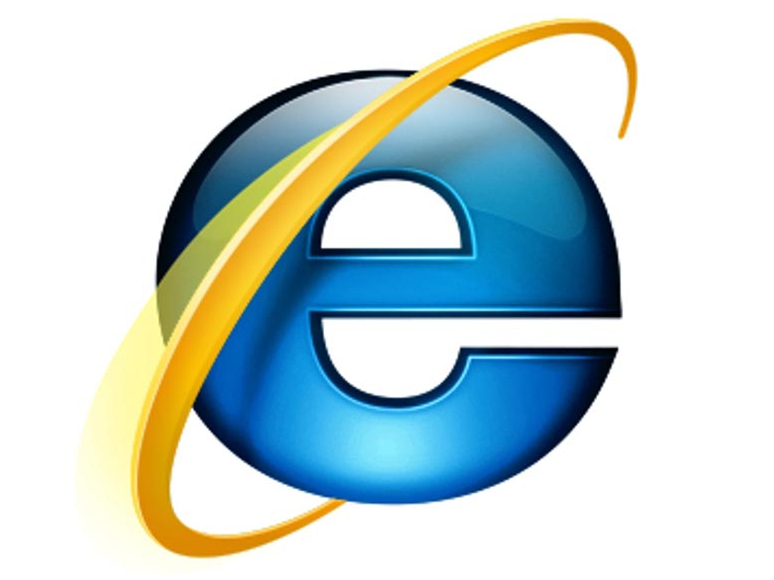IE9 Now Auto-Updates; Chrome 16 Gets Cloud Printing
Internet Explorer will now auto-update to the latest version if auto updating is enabled in Windows Update.
Following Mozilla and Google’s lead, Microsoft said on Thursday that Internet Explorer will begin to update itself automatically to the latest version starting in January.
Customers in Australia and Brazil will see the auto-updating first if the feature is turned on in Windows Update. A rollout schedule for other territories is unknown at this point, but Microsoft's Ryan Gavin said in a company blog that, like the release of IE9 earlier this year, Microsoft will take a measured approach, scaling up over time.
Obviously Microsoft's first priority is to get customers using older versions of Internet Explorer forcibly updated to the latest stable build. "For consumers, the safety benefits are one of the key reasons that the industry has been moving towards automatic updates as the norm," he said. "This is increasingly important since the biggest online threat these days is socially engineered malware, which typically targets outdated software like Web browsers."
But Microsoft also understands that there are situations where upgrading is not possible or desired. Thus, the company has released the Internet Explorer 8 and Internet Explorer 9 Automatic Update Blocker toolkits to prevent automatic upgrades of IE. Additionally, customers who have declined previous installations of IE8 or IE9 through Windows Update will not be automatically updated.
"Customers have the ability to uninstall updates and continue to receive support for the version of IE that came with their copy of Windows," Gavin said. "And similar to organizations, consumers can block the update all together and upgrade on their own. Finally, future versions of IE will provide an option in the product for consumers to opt out of automatic upgrading."
Meanwhile, arch enemy Google Chrome 16 now adds cloud print by default. Google Cloud Print (GCP) made its debut earlier this year, appearing as one of the main features in Chromebooks and as a product test in the Chrome beta channel. The goal, according to Google, is to enable simple, secure printing from any app on any device to any printer without the use of cables and drivers.
"People with Chromebooks have always had access to the latest and greatest Google Cloud Print features, but today, we’ve reached a new milestone: starting with the latest release of Chrome, anyone using the browser on Windows, Mac and Linux will be able to print any webpage to Google Cloud Print," writes product manager Akshay Kannan. "We’ve also turned on print preview for Chromebooks, so you’ll get the same familiar experience wherever you use Chrome."
Get Tom's Hardware's best news and in-depth reviews, straight to your inbox.
On Thursday website analytics company StatCounter said that the older-yet-stable Chrome 15 has become the most popular web browser version worldwide for the first time on a weekly basis. In the last full week in November, Chrome 15 took 23.6-percent of the worldwide market compared to Microsoft’s Internet Explorer 8 at 23.5-percent.
"If one aggregates all versions then IE still leads the global market with Chrome in second position, having overtaken Firefox in November," StatCounter claims.
The company added that in the U.S., Internet Explorer 8 continues to be the most popular browser version with 27.0-percent for week beginning December 5 compared to 18.1-percent for Chrome 15.

Kevin Parrish has over a decade of experience as a writer, editor, and product tester. His work focused on computer hardware, networking equipment, smartphones, tablets, gaming consoles, and other internet-connected devices. His work has appeared in Tom's Hardware, Tom's Guide, Maximum PC, Digital Trends, Android Authority, How-To Geek, Lifewire, and others.
-
bourgeoisdude I'm extremely happy that Microsoft has put this in place for Windows XP users. Nobody should be running IE6 anymore unless absolutely necessary for those legacy business apps. I'm not as sure about Win7 users being forced from IE8 to IE9. In Windows 7, IE8 is fairly secure with auto updates, particularly with protected mode. There are still many websites that don't render correctly under IE9, and while compatibility mode helps there are still some issues.Reply
I do think IE9 is vastly superior to IE8, especially speed-wise, but I'm not sure everyone should be forced to use it yet. -
thrasher32 bourgeoisdudeI'm extremely happy that Microsoft has put this in place for Windows XP users. Nobody should be running IE6 anymore unless absolutely necessary for those legacy business apps. I'm not as sure about Win7 users being forced from IE8 to IE9. In Windows 7, IE8 is fairly secure with auto updates, particularly with protected mode. There are still many websites that don't render correctly under IE9, and while compatibility mode helps there are still some issues.I do think IE9 is vastly superior to IE8, especially speed-wise, but I'm not sure everyone should be forced to use it yet.Reply
Is this a test? IE9 doesn't run on Windows XP. -
lradunovic77 IE9 is just fine browser, everything renders propertly and it supports web standards. Firefox is too slow and bloated and Chrome sucks ass as far as javascript execution goes. As developer I find IE9 the browser ever.Reply -
Correct me if I am wrong but the newest Microsoft web browser that Windows XP users can use is IE8. That basically means that the only way that Microsoft is going to get anything out of this silent update feature is migrating Windows 7 users to IE10 when it comes out at some point in 2012.Reply
Does anybody know if IE10 is going to have a rapid release cycle like Chrome and Firefox? If not, then it will, like IE9, quickly become redundant shortly after it's release. -
livebriand I don't quite trust google, IE is a bit slow and lacks addons (like an adblocker), and chrome is in general pretty good - addons, fast enough, and as long as you disable addon compatibility checking you'll be fine (download the compatibility reporter).Reply
